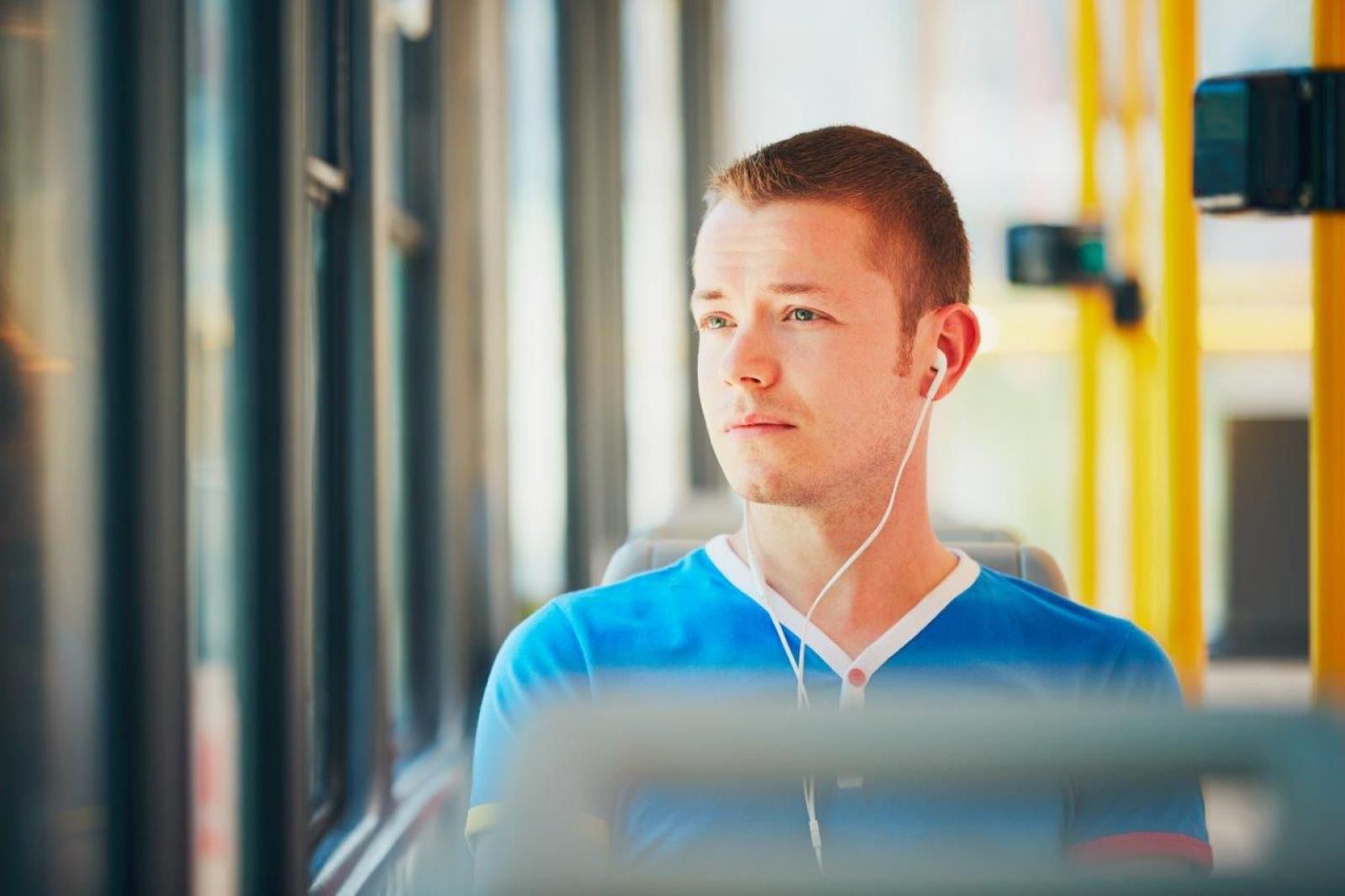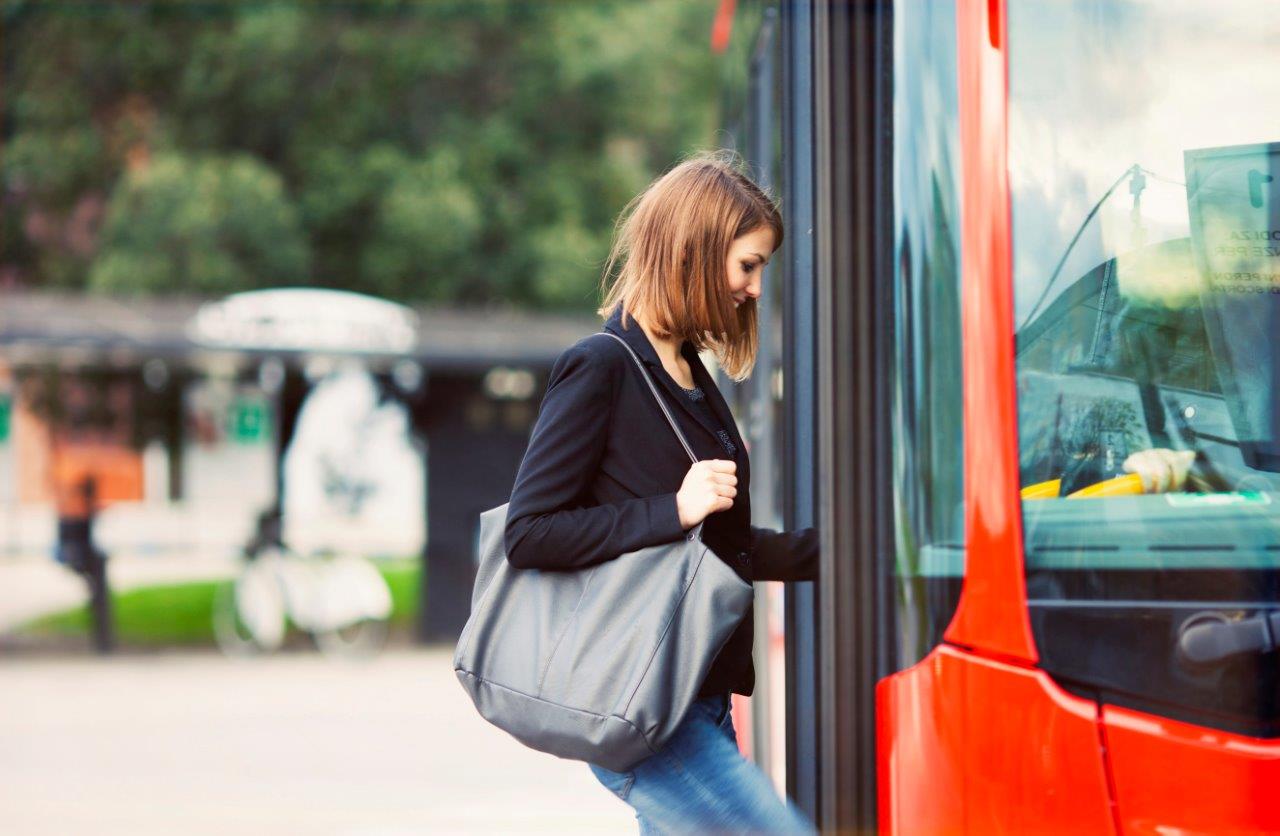What do we really feel about the bus?

Most of the discourse on buses treats people as if they know what they are doing. It assumes that travellers are constantly making fully conscious rational economic trade-offs between cost and journey times and then making the logical choice as a result. And of course there is part of the brain that does this. This part of the brain likes to flatter itself that it’s in charge. But it’s not. The rational economic actor in our brains is in a little boat that is being constantly tossed around by a churning sea of emotions and instincts. A big part of us is prehistoric.
The gap in the evidence base around how people respond to the experience of bus travel at this gut level was something we identified in our recently published overarching report What’s driving bus patronage change? An analysis of the evidence base. So we asked Systra to analyse the research that was out there already. We are currently finalising the report and aim to publish soon. I think it makes for an intriguing read and I won’t attempt to summarise it all here.
However, lying beneath a lot of the literature review findings is something fundamental to human beings around the dynamic between control and vulnerability. We like to be in control (as the proven power of the ‘take back control’ slogan shows) and our prehistoric threat awareness instincts mean that we don’t like to be vulnerable. And we definitely don’t like to put ourselves in a position where vulnerability tips over into active humiliation. If the car is at one end of the spectrum for engendering the feeling of being in control then there’s something about the unique nature of bus travel that puts it at the other end of the spectrum – in the zone of vulnerability and potential humiliation. There are so many points in a bus journey where you can feel stressed and vulnerable. Am I at the right stop? Is the bus going to turn up? Is the bus driver going to see me and is the bus going to stop? Will the interaction with the bus driver go well (and if not will I have a whole room full of people watching whilst I hold up their journeys and have an unpleasant interaction)? Will I end up sitting next to someone who behaves in an anti-social way? Will I know where to get off? Will the bus driver stop where I want to get off? On top of that if you are a wheelchair user or encumbered with prams and children there is the anxiety around whether or not there will be space for you and how accommodating the driver and your fellow passengers are going to be. The same applies in different ways for other disabilities. Attach a heart rate monitor and look for the spikes. You just don’t get such a long list of stress points on other forms of public transport.
Now let me turn up the stress and vulnerability dial a bit further. Because as well as the particular stress points in bus travel, in general the bus can feel like a far less supervised and controlled space than a train. On trains there are conductors and PA announcements and there are stations which in general feel more supervised than the average bus stop. It’s also easier to move seats if you feel uncomfortable about who is sitting near you. The research shows you can further turn up the volume on these anxieties around the unsupervised nature of buses and bus stops in relation to your personal security and space if you are a young person or a woman. There’s also nothing like the public humiliation of a bus sailing past your stop whilst you hold out your hand. Other than at a few deep rural request stop stations, trains don’t do this. And then there’s the minor humiliation of sitting on a bus that’s crawling along, or standing at a stop for several minutes in silence, to make up time whilst cars and even pedestrians merrily speed past you.

Now when a train stops at a signal in the middle of nowhere it is true that there won’t always be an announcement to tell you why – but over the course of a delayed journey there is usually some kind of communication. On a bus the reverse is true. I don’t even know if most modern buses have a PA system – because I’ve never, not once, heard one used (other than in London, which I will come back to). Some of this may sound trivial but the problem is that the pre-historic brain is on the look out for threats and the way it reacts doesn’t do a great job of distinguishing them by a rational analysis of how serious they are. That’s why this stuff matters and why we need a way of relating to this very human condition. Fortunately we do have someone on every bus who can do this. The driver. One way or another the driver can help ease all the stress points set out above and turn a space that feels worryingly unsupervised into one that feels safer and more under control. Transport for London has recognised this and has been putting a lot of focus on supporting drivers to better support their passengers. I’ve experienced this myself recently, where drivers in London used the PA system to explain why their bus was being held at a stop and how long the wait was going to be. It was amazing what a positive difference this made to how I felt about the journey compared with the prior norm of sitting there for an unknown period of time and feeling like a sucker for getting on board in the first place.
At Urban Transport Group one of the follow on things we are looking at is what we can share on how best to support drivers to support passengers. At the same time we recognise that drivers are only going to respect the content of a training course if they feel respected by their employer. So far I’ve emphasised how the nature of the bus as a unique social space can work against the bus.
But now I want to flip that to how it can work for the bus – because what’s more complex and contrary than human nature? People can enjoy travelling socially and communally in a bus as an antidote to increasingly atomised lives, especially when the journey purpose is more pleasurable than the daily commute. Shared long tables in restaurants are part of this cautious return to greater sociability. Lounge areas and tables for four on buses further play into the positive aspects of the bus as a social space. The young are most affected by the climate crisis and the least interested in car ownership. The bus offers the opportunity to socialise with friends whilst being car free. And the bus can also be the vessel where people can socialise in the partial and addictive format of online social media. You can’t drive to work and plug yourself in to the hive mind. You can on a bus. Indeed Translink’s new outer suburban high spec ‘Urby’ services go to the next level by having a clip device on seat backs which will hold a mobile screen in place as well as the USB charger and Wi-Fi. The design of buses could be part of accentuating the positives of the bus as a physical or digital social space. As could making the bus better reflect the nature of the local social spaces it serves. Futurologists say that the future of the High Street is less about bland and blank chain store consumerism and more about locally authentic, more social experiences. The way buses look and feel can play into this. This is backed up by research which suggests that passengers cut more slack when things go wrong to bus companies whose identity reflects pride in the areas they serve and doubles down on demonstrating that through the quality of the service they offer.
The bus is a unique social space. If, through vehicle design and better support for drivers we can tackle the negatives, and accentuate the positives of this space, then the opportunity is there to win more hearts and minds (both conscious and sub-conscious) for the bus.
Jonathan Bray is the Director of the Urban Transport Group
This blog originally appeared in Passenger Transport magazine.

